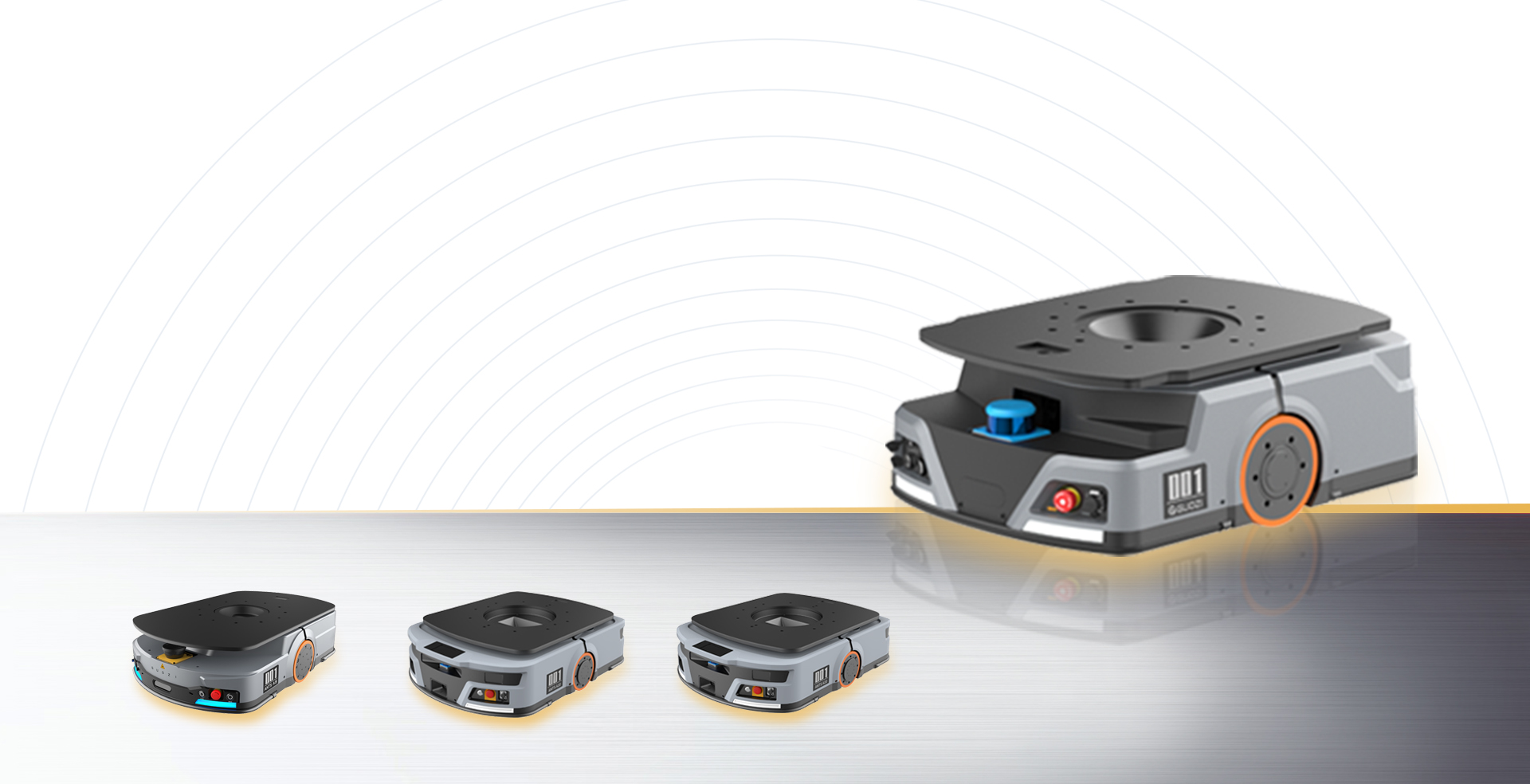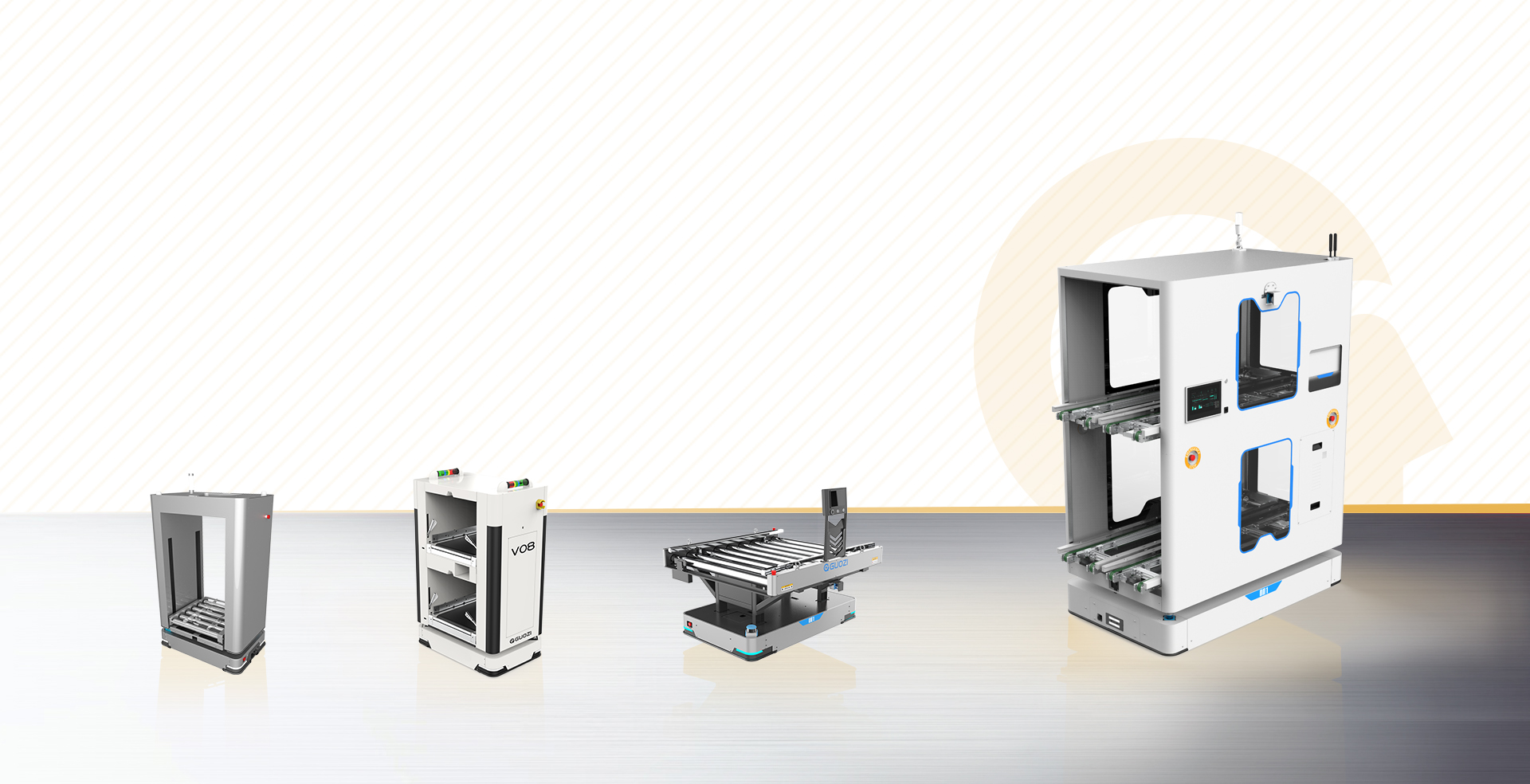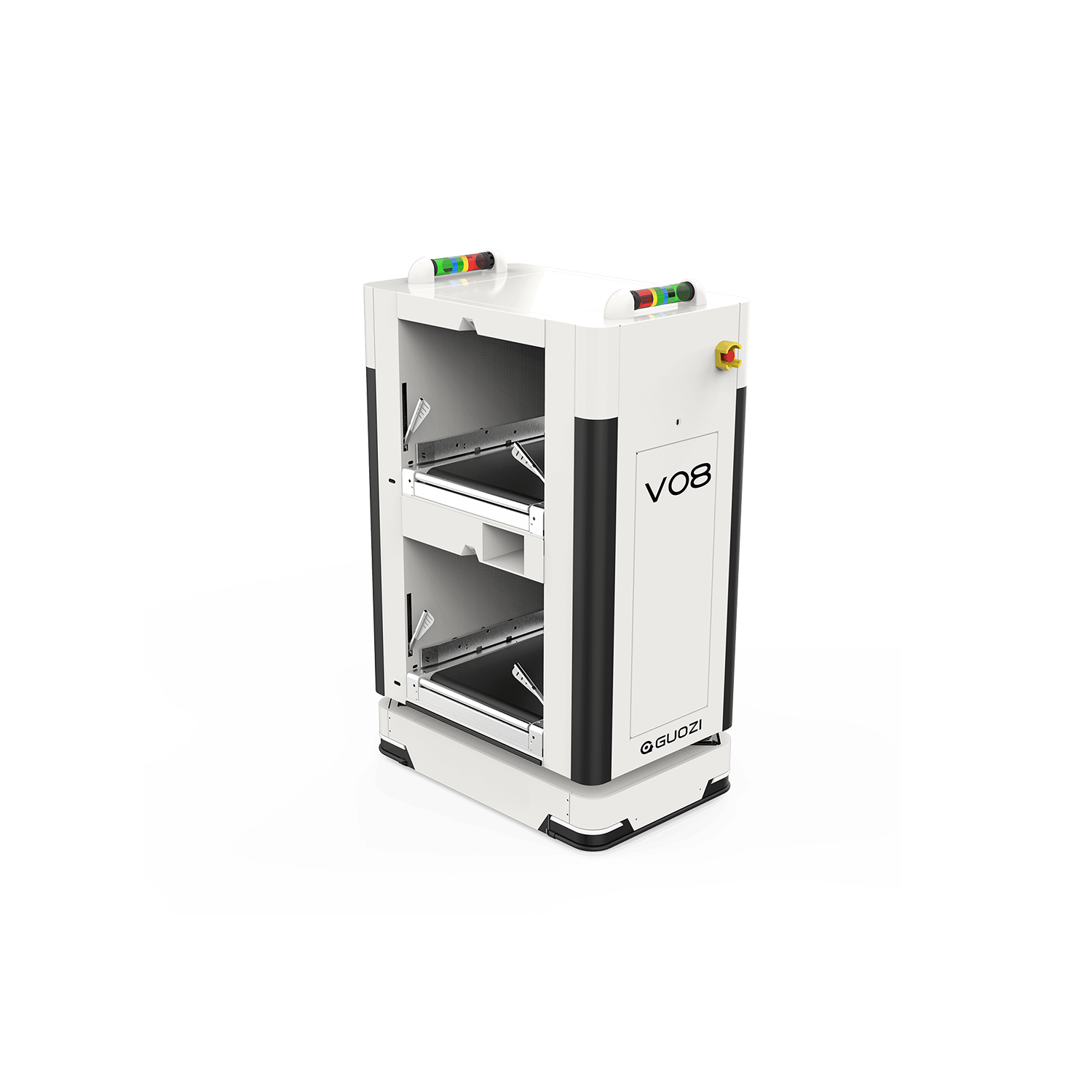The advent of automation and robotics has revolutionized various industries, particularly in the field of material handling. One such innovation that has gained significant attention is the Autonomous Mobile Robot (AMR) Lift Integration System. This system combines the versatility of AMRs with the lifting capabilities of automated lifters, offering a comprehensive solution for efficient and safe material handling. In this article, we will delve into the details of the AMR Lift Integration System, its components, benefits, and its potential impact on the future of material handling.
1. Understanding the AMR Lift Integration System:
The AMR Lift Integration System is a sophisticated solution that integrates an Autonomous Mobile Robot (AMR) with an automated lifting mechanism. This system is designed to streamline material handling operations in various environments, such as warehouses, manufacturing facilities, and distribution centers. Let's explore the key components of this system:
a. Autonomous Mobile Robot (AMR):
AMRs are intelligent, self-navigating robots capable of moving freely within an environment. They use advanced sensors, algorithms, and mapping technologies to navigate and avoid obstacles. AMRs can be programmed to transport materials from one location to another, reducing manual labor and increasing efficiency.
b. Automated Lifting Mechanism:
The lifting mechanism integrated with the AMR is designed to handle various payloads, ranging from lightweight packages to heavy pallets. It consists of a lift system, robotic arms, and end-effectors, enabling the AMR to perform tasks such as picking, placing, and sorting materials.
2. Benefits of the AMR Lift Integration System:
The integration of AMRs with lifting capabilities offers several advantages over traditional material handling methods. Some of the key benefits include:
a. Increased Efficiency:
The AMR Lift Integration System optimizes material handling processes by reducing manual labor and minimizing errors. AMRs can work continuously without breaks, resulting in increased productivity and throughput.
b. Improved Safety:
By automating material handling tasks, the risk of workplace accidents and injuries is significantly reduced. The AMR Lift Integration System eliminates the need for employees to handle heavy loads manually, ensuring a safer working environment.
c. Enhanced Flexibility:
AMRs can be easily reprogrammed and adapted to changing production requirements and workflows. The lifting mechanism's versatility allows the system to handle a wide range of materials, making it suitable for various applications.
d. Cost Savings:
Although the initial investment in the AMR Lift Integration System may be significant, it offers long-term cost savings. The system reduces labor costs, minimizes product damage, and optimizes space utilization, resulting in a quick return on investment.
3. Applications of the AMR Lift Integration System:
The AMR Lift Integration System finds applications across various industries, including:
a. Warehousing and Distribution:
The system can be used for efficient picking, sorting, and transportation of goods within warehouses and distribution centers. AMRs can navigate through narrow aisles and transport items to their designated locations, reducing travel time and improving overall efficiency.
b. Manufacturing:
In manufacturing facilities, the AMR Lift Integration System can be utilized for material handling tasks such as feeding machines, transporting parts, and managing inventory. This system ensures a seamless flow of materials, reducing production downtime.
c. E-commerce:
The AMR Lift Integration System is particularly beneficial for e-commerce fulfillment centers, where the demand for fast and accurate order processing is crucial. AMRs can quickly transport items from storage to packing stations, improving order fulfillment times.
4. The Future of Material Handling:
The AMR Lift Integration System represents a significant step towards a fully automated material handling future. As technology advances, we can expect the following developments:
a. Enhanced Collaboration:
The integration of AMRs with other robotic systems, such as automated guided vehicles (AGVs) and industrial robots, will enable seamless collaboration and improved efficiency in material handling operations.
b. Artificial Intelligence (AI) and Machine Learning:
The integration of AI and machine learning algorithms will allow AMRs to make intelligent decisions, optimize routes, and predict maintenance requirements, further enhancing their performance.
c. Internet of Things (IoT) Integration:
Connecting AMRs to the IoT will enable real-time monitoring and control of material handling operations, providing valuable data for process optimization and predictive maintenance.
The AMR Lift Integration System is a game-changer in the field of material handling, offering a comprehensive solution that combines the efficiency of AMRs with the lifting capabilities of automated systems. As industries continue to embrace automation, the adoption of this system is expected to grow, leading to increased productivity, improved safety, and cost savings. With further advancements in technology, the AMR Lift Integration System will play a pivotal role in shaping the future of material handling.








